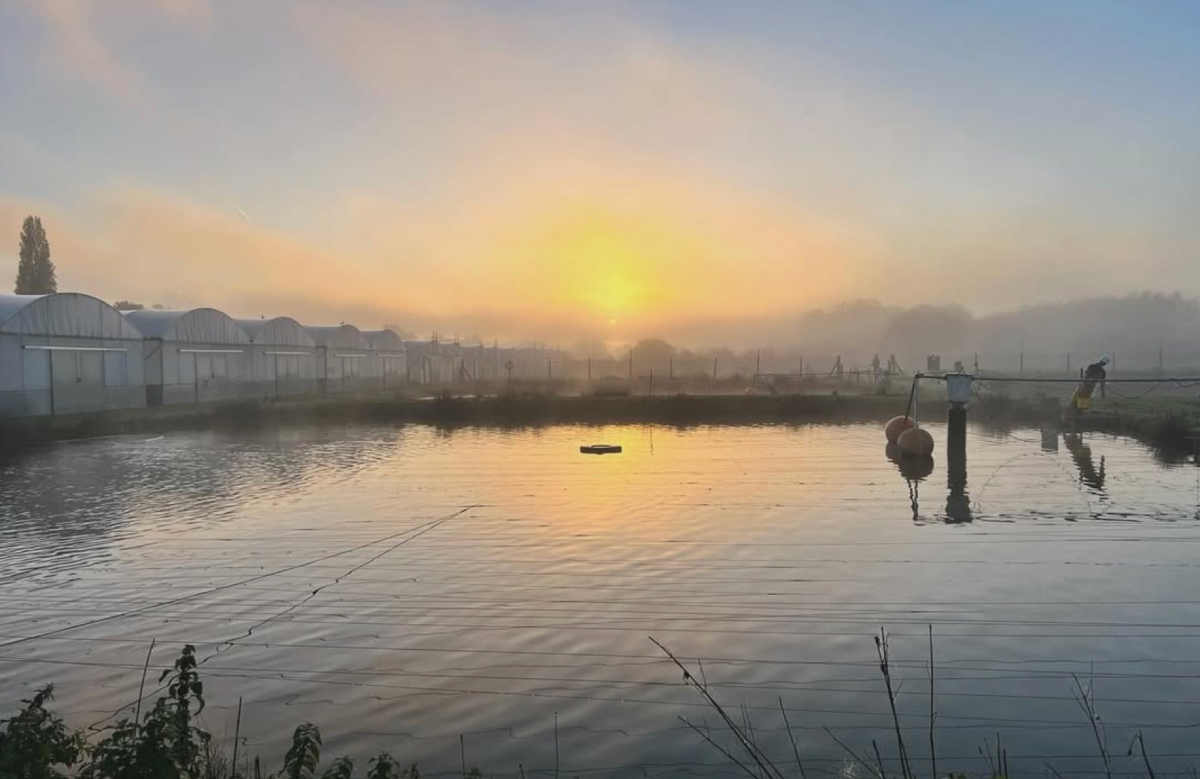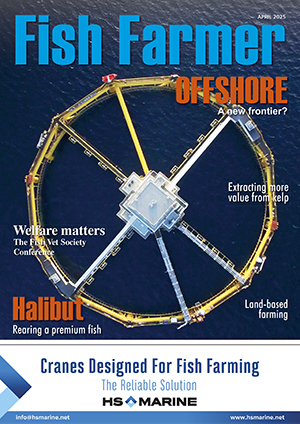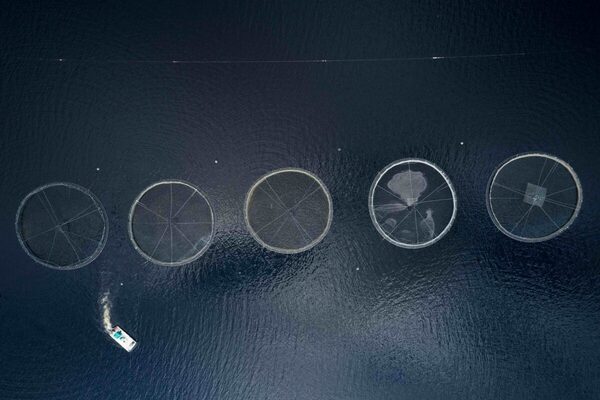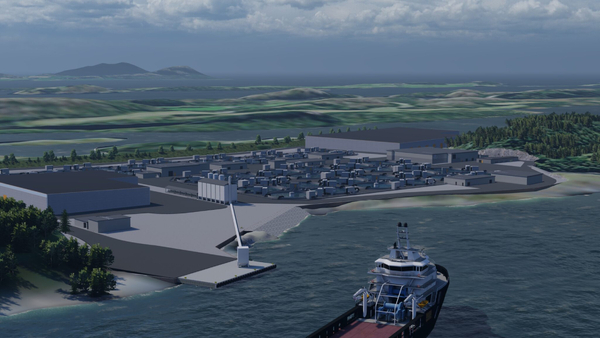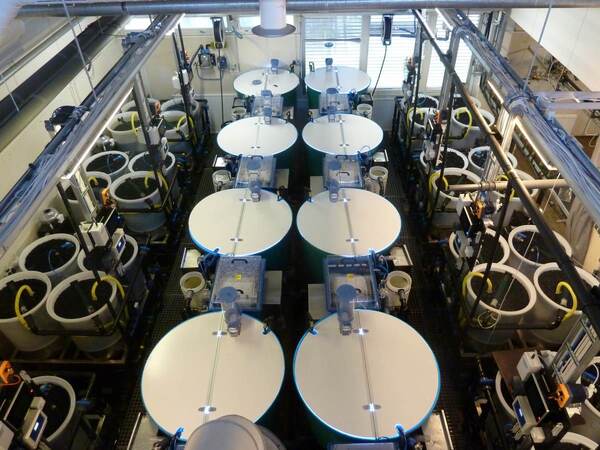Environment Agency facility produces more than half a million fish for restocking
The National Coarse Fish Rearing Unit in Calverton, Nottinghamshire produced 510,488 fish in 2024 for restocking in England.
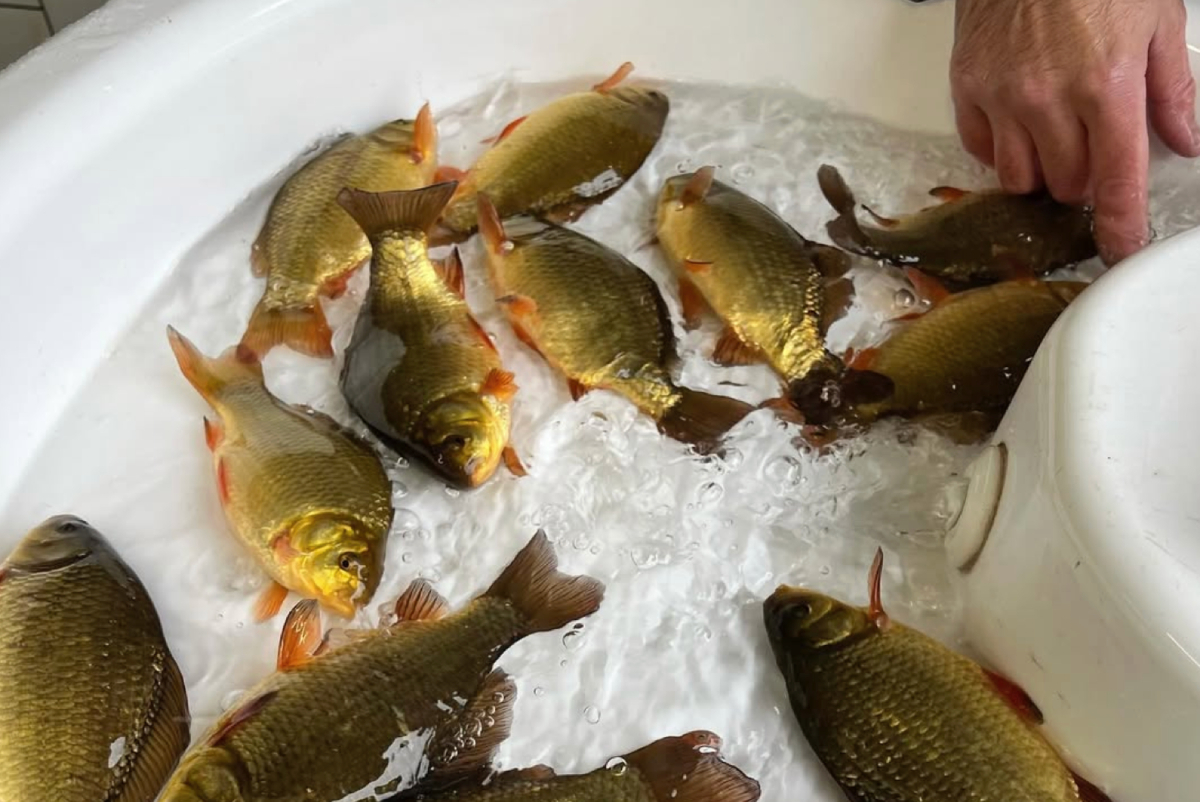
The National Coarse Fish Rearing Unit in Calverton, Nottinghamshire produced 510,488 fish in 2024 for restocking in England.
Calverton is England’s national fish farm. It is run by the Environment Agency, a government body, and funded by income from rod licence fees.
In 2024, the fish rearing unit produced and stocked 510,488 fish into waterways around the country – an increase of 6.5% on the previous year when 478,937 were bred and stocked.
In addition, just under two million advanced reared larvae were also stocked out into the wild.
The breakdown of the fish produced and stocked in waterways across England in 2024 is as follows:
- Barbel: 136,150
- Bream: 48,274
- Chub: 54,830
- Crucians: 25,915
- Dace: 47,420
- Grayling: 48,359
- Roach: 86,190
- Rudd: 23,300
- Tench: 40,050
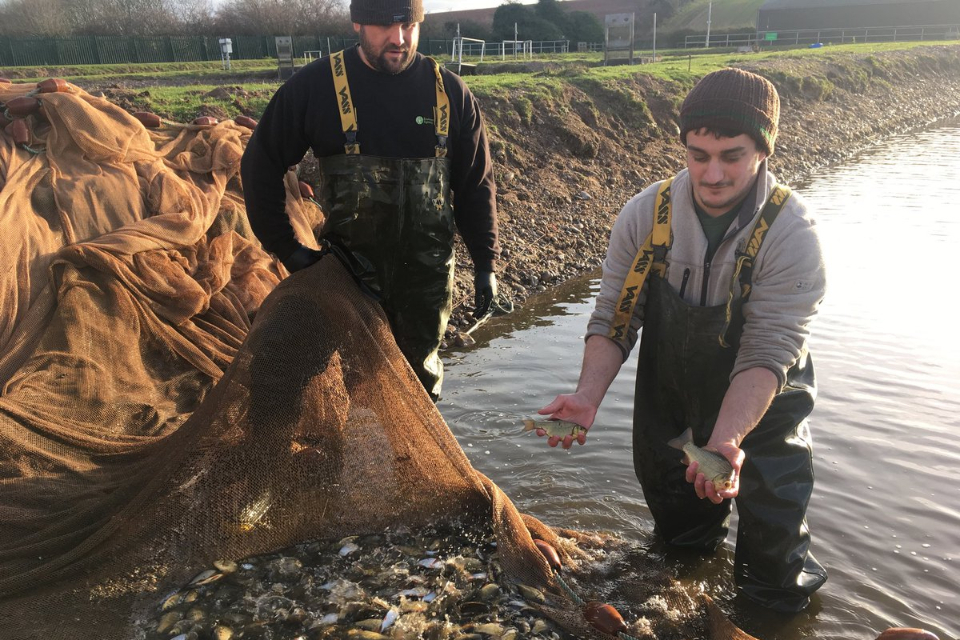
The increase in production came despite difficult conditions in 2024, the Environment Agency said, with increased rainfall and cool temperatures during the spring.
Richard Pitman, Fish Farm Technical Specialist at the National Coarse Fish Rearing Unit said: “This made locating and obtaining sufficient broodstock at the optimum time difficult. These conditions also impacted the start of our second-year production cycle. With the storms and reduced temperatures experienced through April and into May, live food production and pond advancement was reduced causing a knock-on effect to the stocking programme.
“Despite the challenging start in 2024, the team at Calverton showed their dedication and commitment throughout the growing season to produce an increase in fish production compared to last year.”
Pitman added: “We take great care in ensuring that every fish is fit for purpose when stocked out into the wild. During their 18 months+ at the farm, the fish are fed live natural food, they encounter a range of flora and fauna and are trained in flowing conditions while being grown in the earth ponds.
“Winter is a good time to introduce the fish into rivers, as the water temperatures are low and this minimises any stress on the fish, giving them the best possible survival rates. It enables them to acclimatise to their new surroundings, ahead of their spawning season in the spring.”
